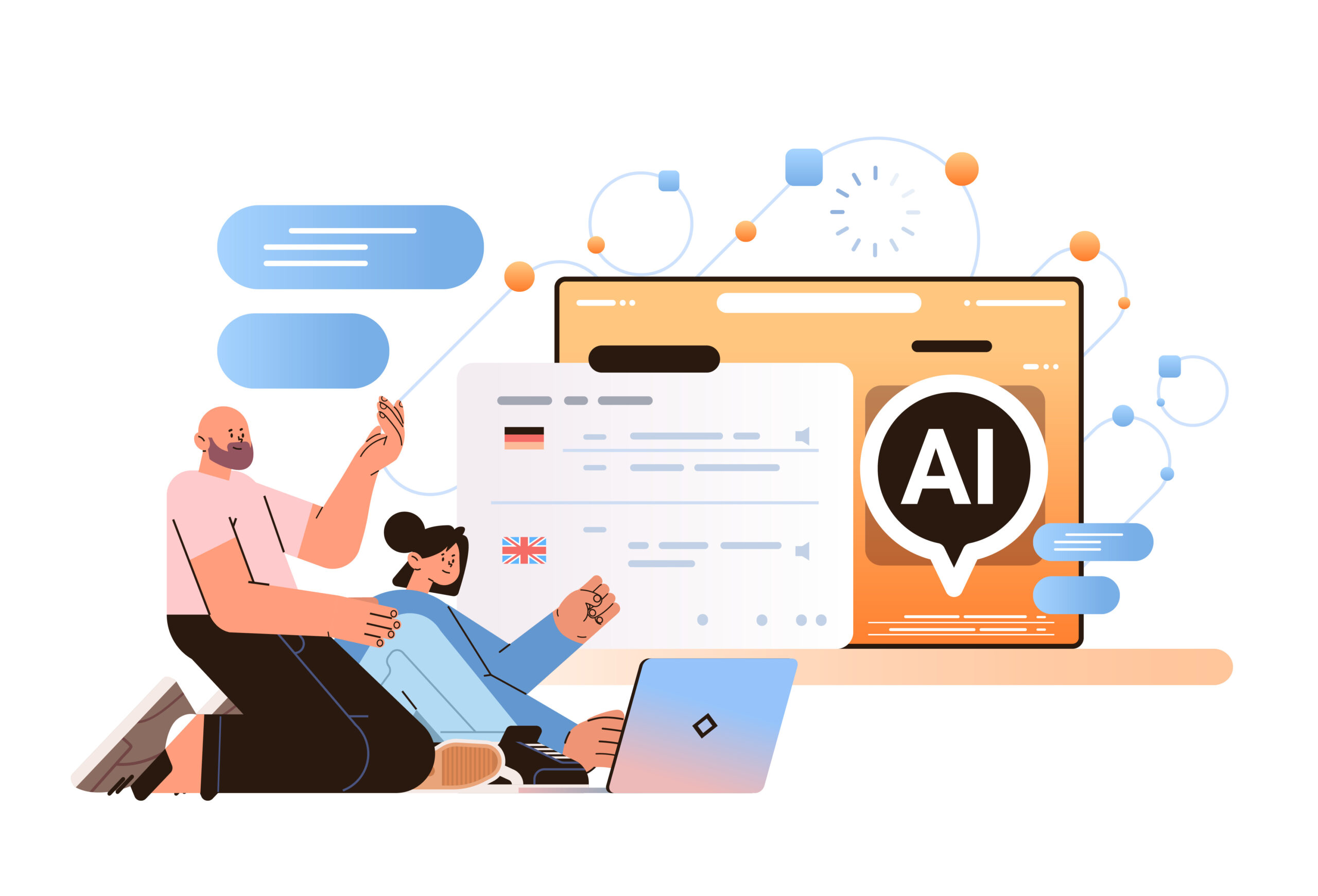In the high-stakes world of life science innovation, speed can mean the difference between a life-saving treatment reaching the market or remaining out of reach. Behind every breakthrough lies a complex web of documents – clinical trial reports, regulatory filings, user guides – that must be translated and localized to connect with global audiences. In regulated industries, precision isn’t just important; it’s vital for compliance, safety, and trust. This is where translation technology, from traditional machine translation (MT) to the cutting-edge capabilities of large language models (LLMs), plays a pivotal role.
the role of AI in regulated translation
For years, the backbone of fast, accurate translations in regulated sectors has been neural machine translation (NMT). This precisely-tailored AI-powered tool has set the industry standard for translating medical, legal, and scientific content, thanks to its consistent and precise output. NMT’s value lies in its specialized training – whether that’s on medical literature, legal jargon, or clinical protocols – to ensure that every word is carefully chosen, accurate, and compliant with the stringent requirements of these industries.
This is where LLMs come in, the new frontier in language technology. Trained on vast datasets, LLMs are able to generate context-rich translations that can understand and adapt to more nuanced language. While they’re known for their flexibility in content types like marketing or user-generated text, their potential in regulated industries is just starting to be realized. The question isn’t whether LLMs will replace NMT, but how these technologies will complement each other to achieve optimal results.

a symbiotic relationship: machines and humans
We believe that the power of AI lies not in standing alone but in partnership with human linguists and subject-matter experts. Think of it as a team, where the AI handles the bulk of the heavy lifting – translating content at scale, recognizing patterns, and ensuring consistency – while human experts step in to fine-tune the output, add cultural context, and catch nuances that machines might miss.
The regulated services industry demands nothing less than perfection. A single mistranslation can lead to compliance failures, legal disputes, and even compromised patient safety. Here, the collaboration between specialized NMT models and LLMs comes into focus. NMT engines handle highly technical and domain-specific content, offering unmatched accuracy, consistency and reliability. When paired with LLMs, which can optimize readability and ensure that complex sentences are clear without losing their meaning, the results are powerful. The combination allows organizations to meet compliance standards and maintain quality while accelerating their workflow.

real-world use cases: efficiency without compromise
Take, for example, a clinical trial that needs documentation translated into multiple languages. NMT handles the straightforward, highly technical content (medical terms, dosage information, and procedural guidelines) ensuring that all data is accurately conveyed according to client glossaries and previously translated content. But clinical trial reports often include patient testimonials or open-ended responses. Here, LLMs step in to translate the text in a way that respects the tone and intent of the original content, maintaining the nuance needed for understanding and empathy.
Similarly, regulatory documents for drug approvals involve stringent compliance checks. NMT ensures that every technical detail is meticulously translated, while LLMs can be used to identify patterns and flag inconsistencies, providing an additional layer of quality assurance before a human expert reviews the final product.
the road ahead: navigating the future of AI
At CQ fluency, we integrate NMT and LLMs to create a translation process that’s more than just automated output. By combining machine efficiency with expert oversight, we enhance quality and reduce time-to-market. This approach maintains the highest standards of accuracy and cultural relevance, essential for regulated industries.
“CQ fluency’s approach to merging human expertise with machine capabilities allows us to deliver precise and contextually nuanced translation solutions that regulated industries require,” says Dan Milczarski, CTO at CQ fluency. “Just as a translator doesn’t simply sit down and translate but instead analyzes the source text, does research, translates, and reviews their work, we need to approach AI in the same way – by breaking down the complexities of the localization process and seeing how we can optimize those processes with technology.”
AI’s role in regulated services is expanding rapidly, and its ability to scale and streamline is clear. However, it’s the partnership with experienced linguists that transforms good translations into high-quality, compliant content. This hybrid method blends the robust precision of NMT, the nuanced adaptability of LLMs, and human insight to ensure that every piece of content upholds both intent and regulatory standards. With this balanced approach to AI and human review, we’re not just moving data across languages – we’re moving ideas, compliance, and cultural intelligence. This is how we tackle the complexities of regulated content.

AUTHOR
Hector Rodriguez
MT solutions manager, process/tech
As the Machine Translation Solutions Manager at CQ fluency, Hector oversees the seamless integration of machine translation into localization workflows, ensuring precision and efficiency at every stage – from client request analysis to final production. His technical proficiency and commitment to innovation empower clients to navigate complex multilingual communication challenges with confidence. For insights on how CQ fluency’s machine translation solutions can streamline your organization’s localization processes, connect with Hector and his team today.
